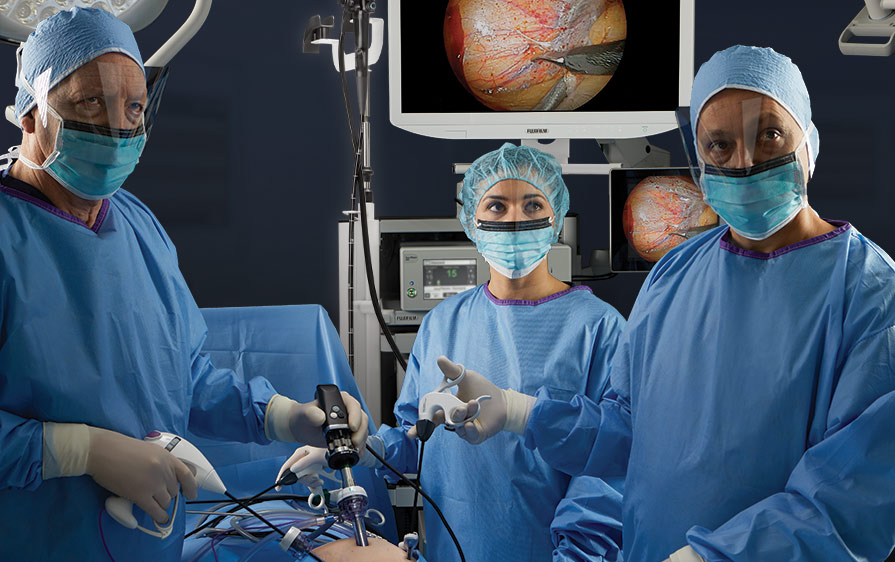 The healthcare industry is constantly evolving with the goal of reducing risk and delays, improving patient safety and the patient experience, and of course reducing costs and increasing procedural efficiencies. This is why the Hybrid OR is one concept that is gaining traction at hospitals large and small.
The healthcare industry is constantly evolving with the goal of reducing risk and delays, improving patient safety and the patient experience, and of course reducing costs and increasing procedural efficiencies. This is why the Hybrid OR is one concept that is gaining traction at hospitals large and small.
Right now, there are only about 100 hybrid ORs in the United States. But experts say an increase in the number of minimally invasive surgeries is projected to augment hybrid OR industry growth from now to 2031.
Is your organization considering launching a hybrid OR, and if so, are you ready to implement it effectively? What follows are some of the reasons healthcare systems are adopting hybrid ORs as well as insights on the type of medical equipment and systems that best suit the hybrid model to benefit patients, clinicians, and healthcare providers.
A hybrid OR is a state-of-the-art space that combines a traditional operating room with an image guided interventional suite. Equipped with both surgical equipment and instrumentation—along with dedicated advanced imaging modalities—hybrid ORs are designed to accommodate traditional surgical, minimally invasive and interventional procedures in the same space.
Hybrid OR’s facilitate collaboration of various multi-disciplinary teams such as trauma surgeons, vascular surgeons, interventional radiologists, gastroenterologists, anesthesiologists, and more. This is so that clinicians can perform a combination of complex procedures more efficiently within one room. In this type of setting, the patient doesn’t need to be moved to another room for imaging if complications occur or if laparoscopic surgery suddenly becomes an open procedure. All of these factors boost productivity and safety, enhance the patient experience, and improve the quality of care.
Studies have shown that hybrid ORs offer key advantages over traditional ORs including:
Clearly hybrid ORs offer big benefits, but they’re only as effective as the technology inside them.
The hybrid OR is outfitted with surgical equipment, instruments, surgical tables, OR lights, equipment management systems, and surgical booms. However, the hybrid suite also includes advanced imaging systems—and that’s the key differentiator from a traditional OR.
Typically, about 1,200 square feet, hybrid ORs can be tight spaces since they house dozens of machines and 10-20 clinical staff. That’s why it’s essential to look for technology that is highly portable and can potentially serve multiple purposes.
To maximize space and cost efficiencies, consider, for example, surgical systems that can perform double duty:
The role of the hybrid OR in the minimally invasive surgical landscape will continue to grow. As you plan yours, make sure you choose a reputable partner that delivers innovative, dependable technology solutions that suit the hybrid OR setting along with dedicated service and support.
 Anthony Borrelli, Executive Director of Endoscopy Product and Marketing for FUJIFILM Healthcare Americas Corporation’s recently shared his expert insight on this topic, which published online and in OR Manager’s January 2024 print issue. Read the full article here.
Anthony Borrelli, Executive Director of Endoscopy Product and Marketing for FUJIFILM Healthcare Americas Corporation’s recently shared his expert insight on this topic, which published online and in OR Manager’s January 2024 print issue. Read the full article here.